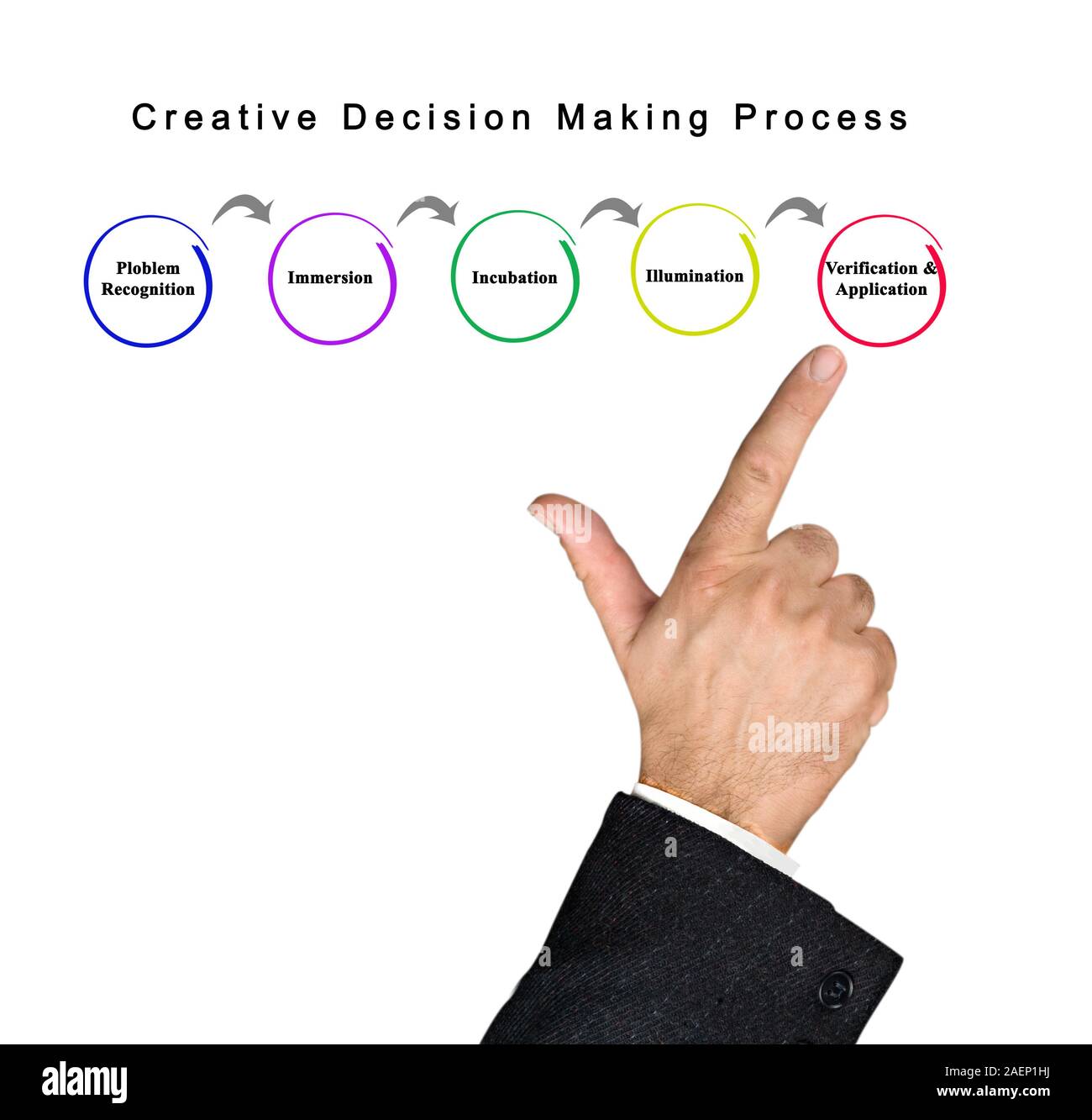8 Benefits of Creative Decision-Making With Examples and Tips

Creative decision-making refers to the process of generating and evaluating innovative solutions to problems or challenges. This approach goes beyond traditional methods and encourages thinking outside the box.
Here are eight benefits of creative decision-making, along with examples and tips:

1. Diverse Solutions:
Benefit: Creative decision-making leads to a wide range of potential solutions, which increases the likelihood of finding the most effective and innovative approach.
Example: In a business setting, when faced with a drop in sales, a traditional decision might involve cutting costs. However, a creative decision might involve launching a new product line, redesigning the store layout, or collaborating with influencers for marketing.
Tip: Encourage brainstorming sessions where team members are free to share unconventional ideas without fear of criticism.
2. Adaptability:
Benefit: Creative decisions are often flexible and adaptable, allowing you to pivot and adjust your approach as circumstances change.
Example: A non-profit organization aiming to raise funds for a cause might start with traditional fundraising events. However, creative decision-making might lead them to explore online crowdfunding, virtual galas, or interactive social media campaigns.
Tip: Keep an open mind and be willing to adjust your strategy based on feedback and changing conditions.
3. Competitive Advantage:
Benefit: Creative decision-making can set you apart from competitors by offering unique products, services, or solutions that capture people's attention and interest.
Example: In the tech industry, companies that adopt innovative features or user experiences gain a competitive edge. Apple's introduction of the iPhone revolutionized the smartphone market through its touch interface and App Store.
Tip: Continuously study your market and industry trends to identify opportunities for differentiation.
4. Problem Solving:
Benefit: Creative decision-making encourages a thorough analysis of problems and allows you to address underlying issues rather than just their surface symptoms.
Example: When a software development team faces frequent bugs in their product, traditional decision-making might involve patching each bug individually. A creative approach could involve revisiting the coding practices or upgrading the development tools to prevent future bugs.
Tip: Take time to understand the root causes of problems before attempting to solve them.
5. Employee Engagement:
Benefit: Involving employees in creative decision-making fosters a sense of ownership, engagement, and commitment to the organization's goals.
Example: A company seeking to improve workplace culture might hold brainstorming sessions where employees contribute ideas for team-building activities, recognition programs, or flexible work arrangements.
Tip: Create a supportive environment where employees feel comfortable sharing their ideas without fear of criticism.
6. Innovation:
Benefit: Creative decision-making drives innovation by encouraging experimentation and exploration of new ideas.
Example: In the automobile industry, the transition from traditional combustion engines to electric vehicles represents a creative decision to address environmental concerns and technological advancements.
Tip: Allocate time and resources for research and experimentation to foster innovation.
7. Enhanced Problem Framing:
Benefit: Creative decision-making often involves reframing problems, which can lead to deeper insights and more effective solutions.
Example: A restaurant facing declining customer satisfaction might reframe the issue from "improving food quality" to "enhancing the overall dining experience," leading to decisions involving interior redesign, staff training, and personalized customer interactions.
Tip: Challenge assumptions about the nature of the problem to uncover alternative perspectives.
8. Personal Growth:
Benefit: Engaging in creative decision-making promotes personal growth by expanding your thinking, increasing your skill set, and boosting your confidence in tackling unfamiliar challenges.
Example: An individual deciding to learn a new instrument demonstrates creative decision-making by embracing a novel skill that enhances cognitive abilities and provides personal satisfaction.
Tip: Step outside your comfort zone and pursue activities or challenges that require creative problem-solving.
Incorporating creative decision-making into your approach can yield numerous benefits across various aspects of life, from personal development to business success. By fostering a culture that values innovation and encourages unconventional thinking, you can tap into the power of creativity to drive positive outcomes.
Thank You